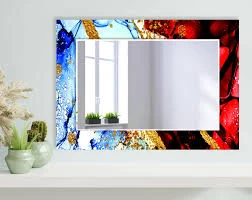

Types of Tinted Glass
Tinted glass has become an increasingly popular choice in modern architecture and vehicle design due to its aesthetic appeal and functional benefits. It features a colored coating or embedded metallic particles that reduce glare, block harmful UV rays, and improve energy efficiency. In this article, we will explore various types of tinted glass and their applications.
Types of Tinted Glass
2. Gray Tinted Glass Gray tinted glass offers a neutral tone that reduces glare while maintaining natural light levels. It is suitable for both residential and commercial applications. This tint is particularly effective in urban settings, where bright sunlight can be overwhelming. Gray tinted glass also helps to keep indoor temperatures stable by reflecting solar heat, contributing to energy savings.

3. Green Tinted Glass Green tinted glass provides a unique aesthetic that appeals to environmentally conscious consumers. This type of glass can reduce glare and block UV radiation while offering a distinctive look that enhances the natural surroundings. It is often used in buildings with landscaped gardens or natural habitats nearby, creating a harmonious connection between the structure and its environment.
4. Blue Tinted Glass Blue tinted glass is known for its modern and sleek appearance. It has a calming effect, making it an excellent choice for spaces like hospitals, spas, and wellness centers. In addition to its aesthetic benefits, blue tinted glass can effectively reduce glare and improve the overall comfort of indoor environments. Its ability to filter out harmful UV rays also adds a layer of protection for furnishings and decor.
5. Reflective Tinted Glass Reflective tinted glass is coated with a metallic layer that reflects sunlight while also providing privacy during the day. This type of glass is often used in high-rise buildings where glare control and energy efficiency are critical. The reflective surface minimizes heat gain, making it an ideal option for areas with intense sunlight.
Conclusion Tinted glass comes in a variety of colors and functionalities, each serving distinct purposes that cater to various aesthetic and practical needs. Whether for residential, commercial, or automotive applications, the right type of tinted glass can enhance the beauty of a space while providing numerous benefits, including glare reduction, UV protection, and energy efficiency. As technology advances, the options for tinted glass are likely to expand, offering even more possibilities for innovative designs.